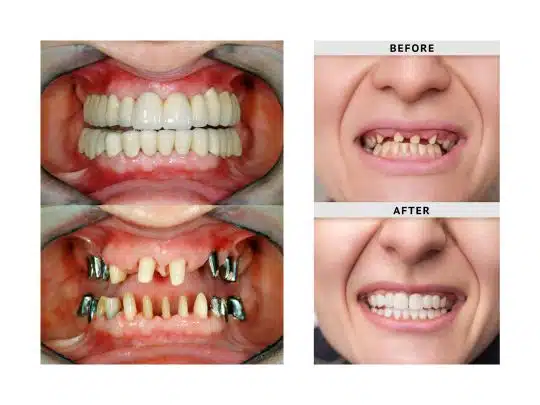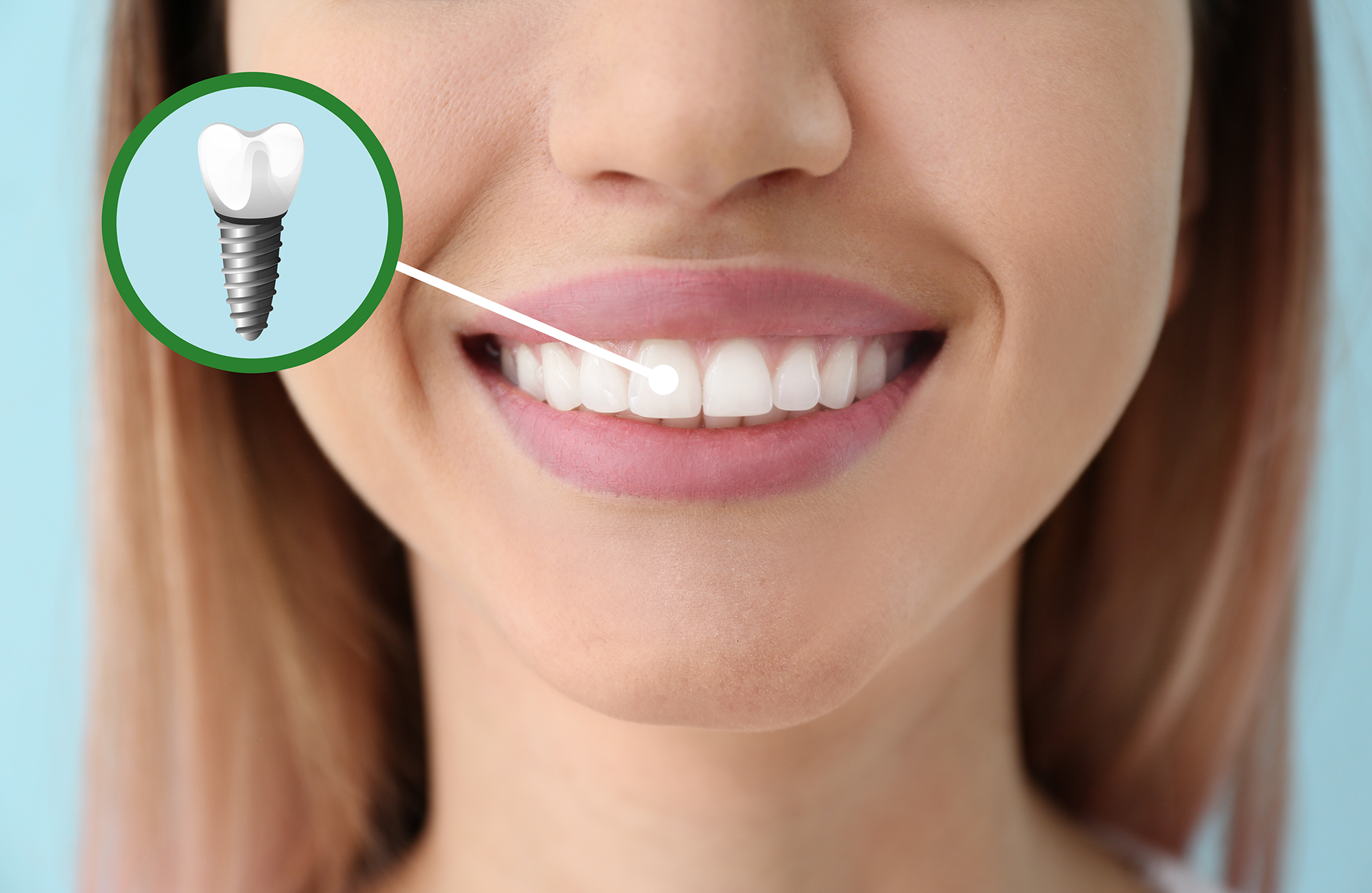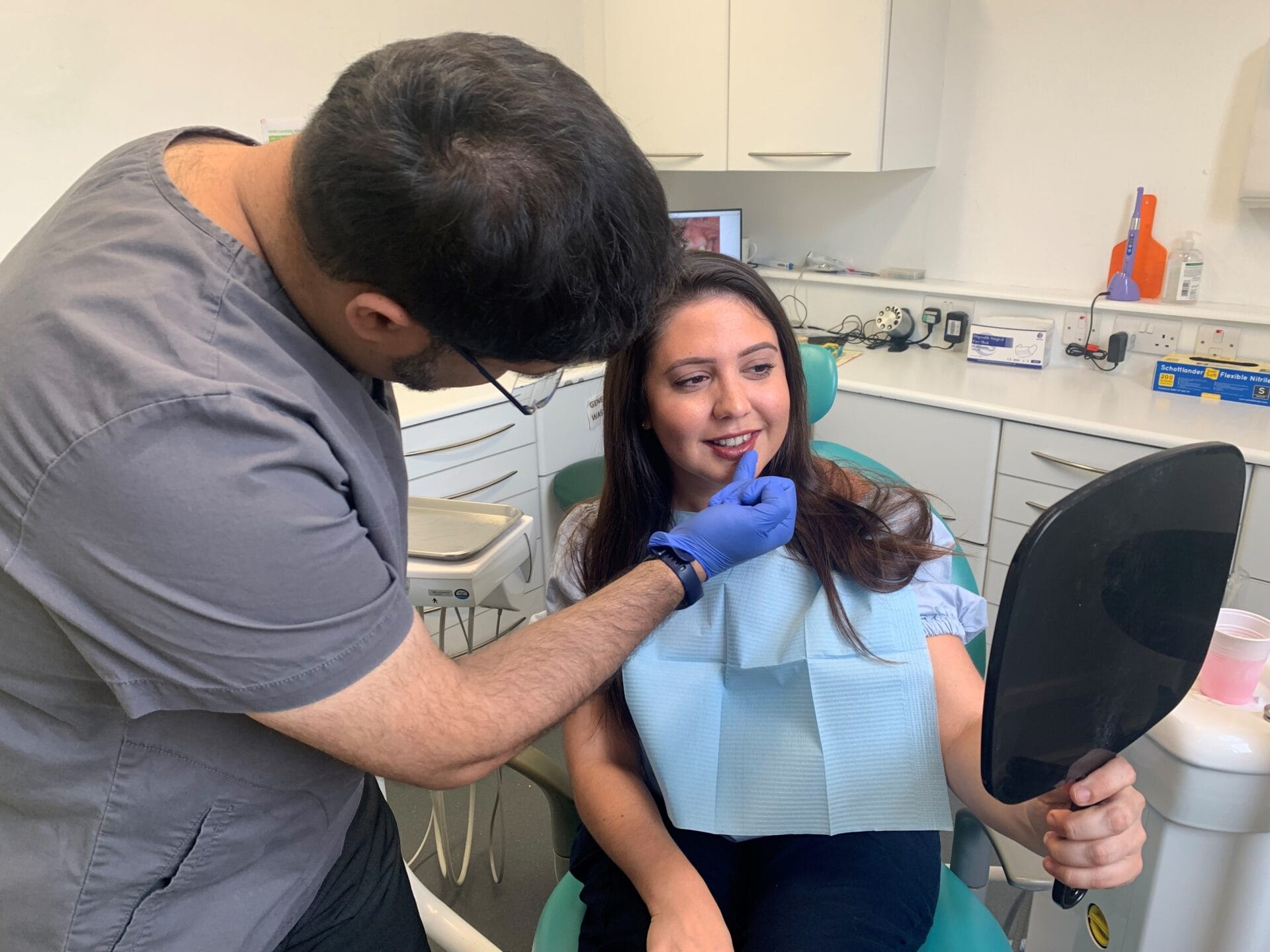Recover Functionality and Appearances: Dental Implants Kent Services
Recover Functionality and Appearances: Dental Implants Kent Services
Blog Article
Experience the most up to date Advancements in Oral Implants Technology
As the area of dental care continues to evolve, the advancements in oral implant technology have been absolutely nothing short of impressive. The combination of technology is revolutionizing the capability of dental implants, assuring enhanced outcomes and individual fulfillment.
Advanced Materials for Boosted Durability
In the world of dental implants innovation, the combination of advanced products has actually substantially added to boosting longevity and durability of these crucial oral prosthetics. The utilization of materials such as titanium alloys, zirconia, and ceramic substances has changed the field by supplying increased biocompatibility, stamina, and resistance to rust.
Titanium alloys are extensively used in dental implants due to their exceptional strength-to-weight ratio, rust resistance, and compatibility with the body. These alloys guarantee the security and longevity of the implant by holding up against the forces applied during talking and eating, providing a trusted service for individuals looking for sturdy tooth substitutes.
Zirconia, a sort of ceramic material, has obtained appeal for its biocompatibility and natural tooth-like appearance. Its high toughness and resistance to wear make it a suitable option for dental crowns and bridges, improving the general appearances and functionality of the implant.

Digital Imaging for Accurate Positioning
The development of dental implants innovation has further advanced with the assimilation of digital imaging methods, guaranteeing accurate placement of these prosthetics for optimum useful and aesthetic outcomes. Digital imaging plays a vital function in the planning and positioning of oral implants by providing in-depth 3D photos of the client's jawbone structure. This modern technology permits dentists to examine bone density, situate important frameworks, and intend the precise setting and angle for dental implant positioning with exceptional precision.
By making use of digital imaging, dental professionals can create digital surgical overviews that serve as a roadmap during the implant placement procedure. These overviews are personalized for each individual, taking right into account their distinct composition and the wanted end result. This level of accuracy not only boosts the success rate of oral implant procedures yet likewise reduces the danger of issues.
Additionally, digital imaging enables dentists to picture the last prosthetic repair before the actual placement of implants, permitting for precise preparation and making sure that the outcome fulfills the individual's visual expectations. Overall, the combination of digital imaging modern technology has changed the field of dental implants, offering patients a more predictable, effective, and patient-specific therapy approach.

Minimally Intrusive Surgical Techniques


Improvements in surgical methods have caused the growth of minimally intrusive methods in the field of oral implantology. These techniques aim to reduce injury to the person, reduce recovery times, and improve total therapy results. Minimally intrusive surgeries include smaller sized lacerations, specialized tools, and advanced imaging technologies to precisely position dental implants with very little interruption to bordering cells.
One key address aspect of minimally invasive techniques is making use of led surgical procedure, where 3D imaging and computer-aided layout software program are utilized to plan the dental implant placement with great accuracy. This enables a much more predictable end result and can typically eliminate the requirement for substantial flap surgical treatment.
Moreover, innovations in materials and dental implant design have additionally contributed to the success of minimally intrusive techniques. Implants with improved surface buildings advertise quicker osseointegration, lowering the healing time needed prior to the prosthetic remediation can be positioned.
3D Printing for Customized Solutions
Making use of 3D printing technology in dental implantology permits the creation of extremely tailored services customized to individual client demands and anatomical variations. This advanced modern technology enables dental specialists to design and produce oral implants with outstanding accuracy and accuracy. By utilizing digital imaging methods, such as cone light beam computed tomography (CBCT), detailed 3D models of the client's oral tooth cavity can be created to lead the implant planning process.
Among the key advantages of 3D printing in dental implantology is the ability to produce patient-specific implants that completely fit the special makeup of each person. This personalized method helps improve the overall success and durability of the implant by guaranteeing ideal fit and positioning. In addition, 3D printing enables the production of complex geometries and elaborate structures that would be difficult or tough to attain making use of typical production techniques.
In addition, 3D printing modern technology makes it possible helpful site for dentists to streamline the implantation procedure, reducing surgical procedure time and boosting total individual experience. With its capability to develop customized services quickly and successfully, 3D printing is changing the area of dental implantology, offering individuals ingenious treatment alternatives and enhanced outcomes.
Integrated Technology for Improved Performance
Applying advanced modern technology in dental implantology improves capability and precision, elevating the requirement of treatment for patients going through dental implant treatments. Integrated technology plays an essential duty in improving the general success and durability of oral implants.
Additionally, the integration of computer-aided style and computer-aided production (CAD/CAM) technology enables the development of personalized implant remediations with exceptional precision. CAD/CAM systems make use of electronic impressions to develop prosthetics that completely fit the person's distinct composition, making certain optimum convenience and capability. Additionally, using robotic-assisted surgical treatment in dental implant positioning improves accuracy and lessens the threat of human mistake.
Conclusion
In conclusion, the most recent technologies in oral implants technology offer boosted resilience via sophisticated materials, specific positioning with electronic imaging, minimally invasive surgical strategies, tailored solutions with 3D printing, and boosted functionality with integrated technology - Dental implants Kent. These developments in dental implants technology are transforming the area and providing people with even more reliable and reliable treatment options for recovering their smiles and dental health internet and wellness
The integration of technology is changing the performance of dental implants, guaranteeing boosted end results and client fulfillment.
The evolution of oral implants technology has actually better progressed with the combination of electronic imaging methods, ensuring specific placement of these prosthetics for optimal practical and aesthetic results. Minimally intrusive surgical procedures entail smaller sized incisions, specialized tools, and progressed imaging modern technologies to precisely place dental implants with minimal disturbance to surrounding tissues.
Applying cutting-edge innovation in oral implantology enhances performance and accuracy, elevating the requirement of treatment for individuals undergoing implant treatments. Dental implants Kent. Integrated technology plays a vital duty in improving the general success and durability of dental implants
Report this page